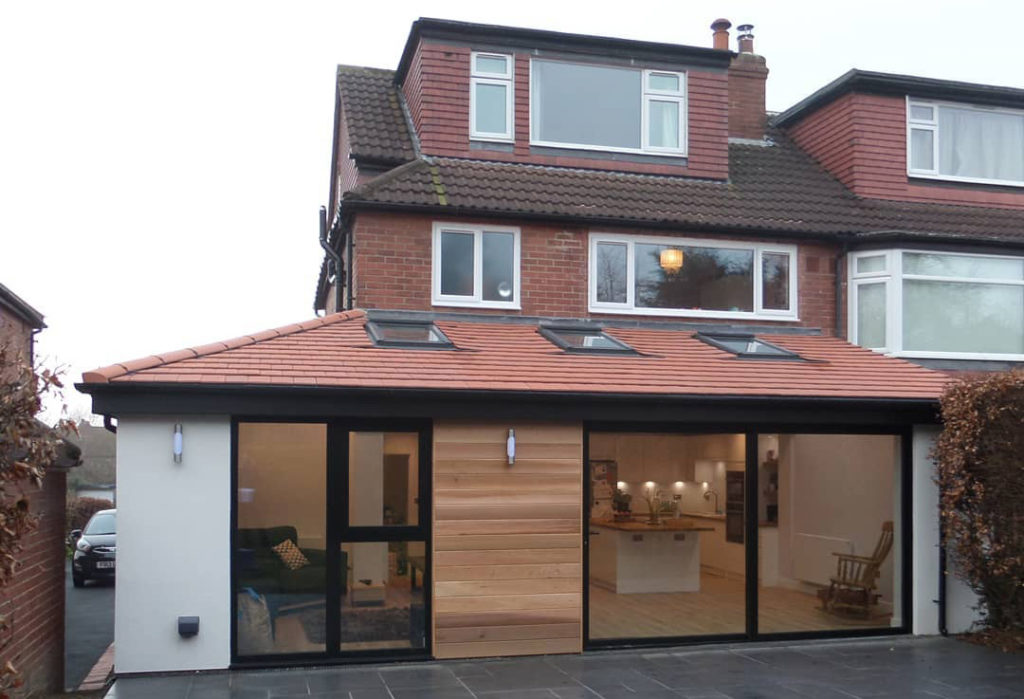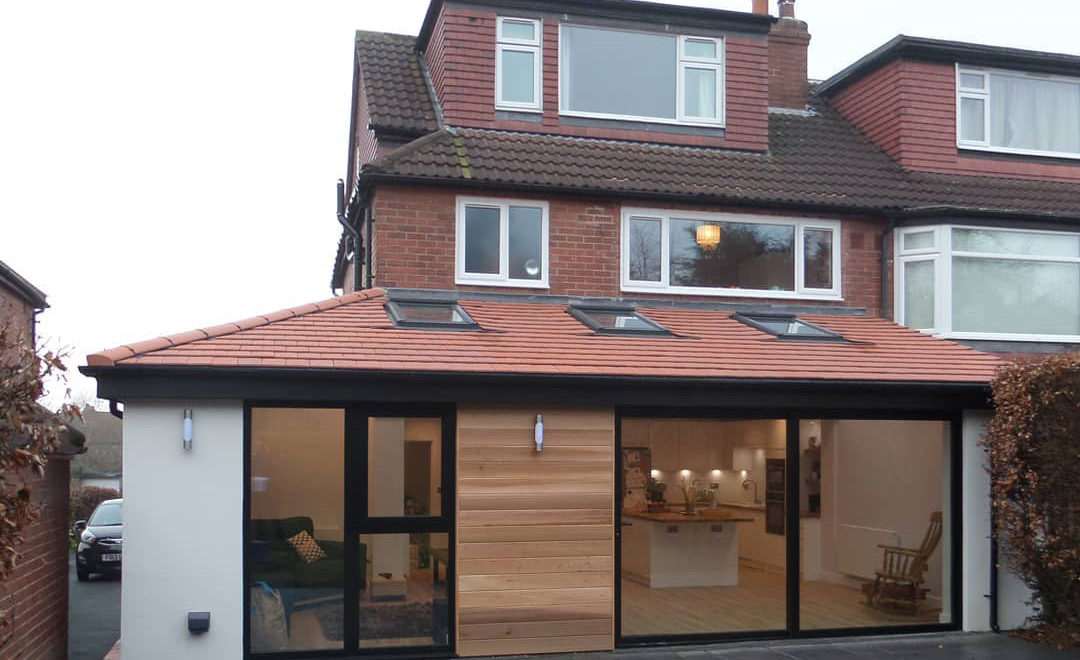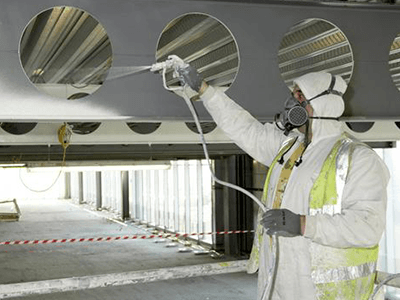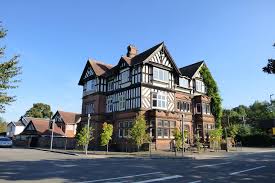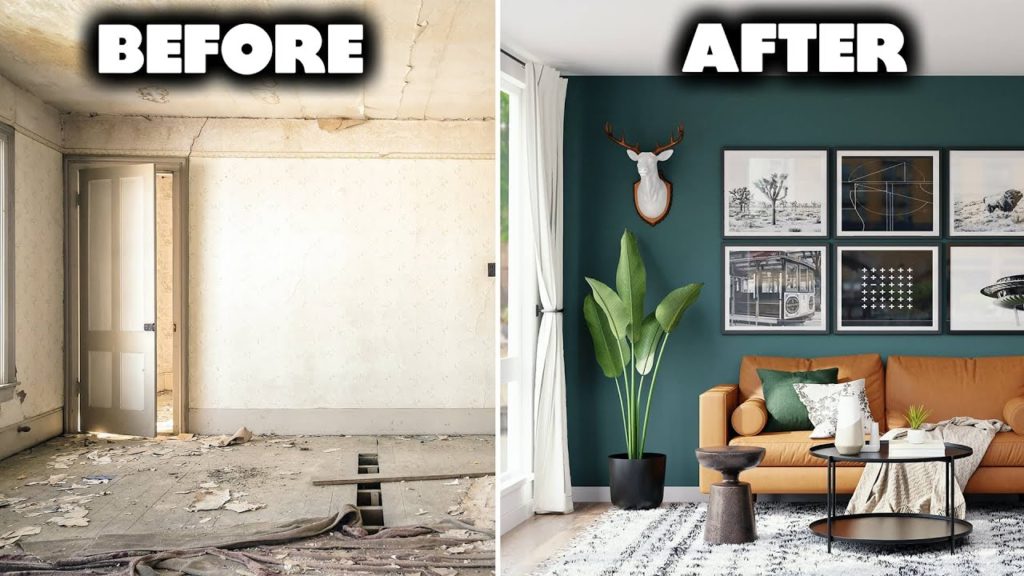The Cost of Home Extensions in the UK: A 2024 Outlook
As the year 2024 unfolds, the prospect of home extensions remains an exciting endeavor for many homeowners in the United Kingdom. The desire to expand living spaces, accommodate growing families, or create additional functional areas continues to drive interest in home extension projects. However, one of the primary considerations that homeowners grapple with is the cost associated with such undertakings.
The cost of a home extension 2024 can vary widely based on a multitude of factors. These factors can include the size of the extension, the materials used, the location of the property, the complexity of the design, and the choice of contractors. It’s important for homeowners to approach the budgeting process with a clear understanding of these variables to make informed decisions.
Size and Complexity of the Extension
The size and complexity of the extension are major determinants of cost. Generally, larger extensions will require more materials and labor, leading to higher costs. Additionally, the complexity of the design can influence the overall price. Intricate designs, unique architectural features, and special requirements can add to the project’s complexity and subsequently increase costs.
Materials and Finishes
The materials chosen for the extension play a significant role in the overall cost. High-end materials, such as premium hardwood, stone, or specialized glass, will generally result in a higher budget. Homeowners have the option to select materials that align with their design preferences and financial considerations. Balancing aesthetics and durability can help in optimizing the project’s cost.
Location of the Property
The geographic location of the property can significantly impact the cost of a home extension. Construction costs can vary between regions due to differences in labor rates, supply chains, and local regulations. For instance, extensions in London and the South East of England may be more expensive compared to other parts of the country.
Labour and Professional Fees
Labor costs, including those for builders, contractors, architects, and other professionals, are a substantial component of the overall budget. Experienced and reputable professionals often come at a higher price, but their expertise can lead to a smoother project execution and a more satisfactory outcome.
Permits and Regulations
Homeowners should also consider the cost of obtaining necessary permits and complying with local regulations. Depending on the nature of the extension, planning permissions and building regulations approvals may be required. These processes can involve application fees and other expenses.
Utilities and Services
If the extension requires the installation or extension of utilities such as plumbing, electricity, and HVAC systems, these costs must be factored in as well. Connecting these utilities to the existing systems can add to the overall project cost.
Estimated Costs
As of 2024, estimating the precise cost of a home extension in the UK can be challenging due to the aforementioned variables. However, for a rough idea, a basic single-story extension might start from around £1,200 to £1,500 per square meter, while a more complex two-story extension could range from £1,500 to £2,500 per square meter or even higher.
It’s important to keep in mind that these estimates are subject to change and can vary widely based on location, materials, design intricacies, and individual preferences. Homeowners are strongly advised to obtain detailed quotes from multiple contractors and professionals before embarking on an extension project.
Budgeting and Planning
To embark on a successful home extension project, homeowners should begin by setting a realistic budget and conducting thorough research. Obtaining quotes from various contractors, seeking recommendations, and understanding the local construction landscape can provide valuable insights into the potential costs involved.
In conclusion, while the cost of home extensions in the UK can vary greatly based on numerous factors, careful planning, budgeting, and selecting the right professionals can help homeowners achieve their desired extension within their financial means. As the year 2024 progresses, the allure of expanding living spaces remains within reach for those who approach the process with diligence and foresight.
